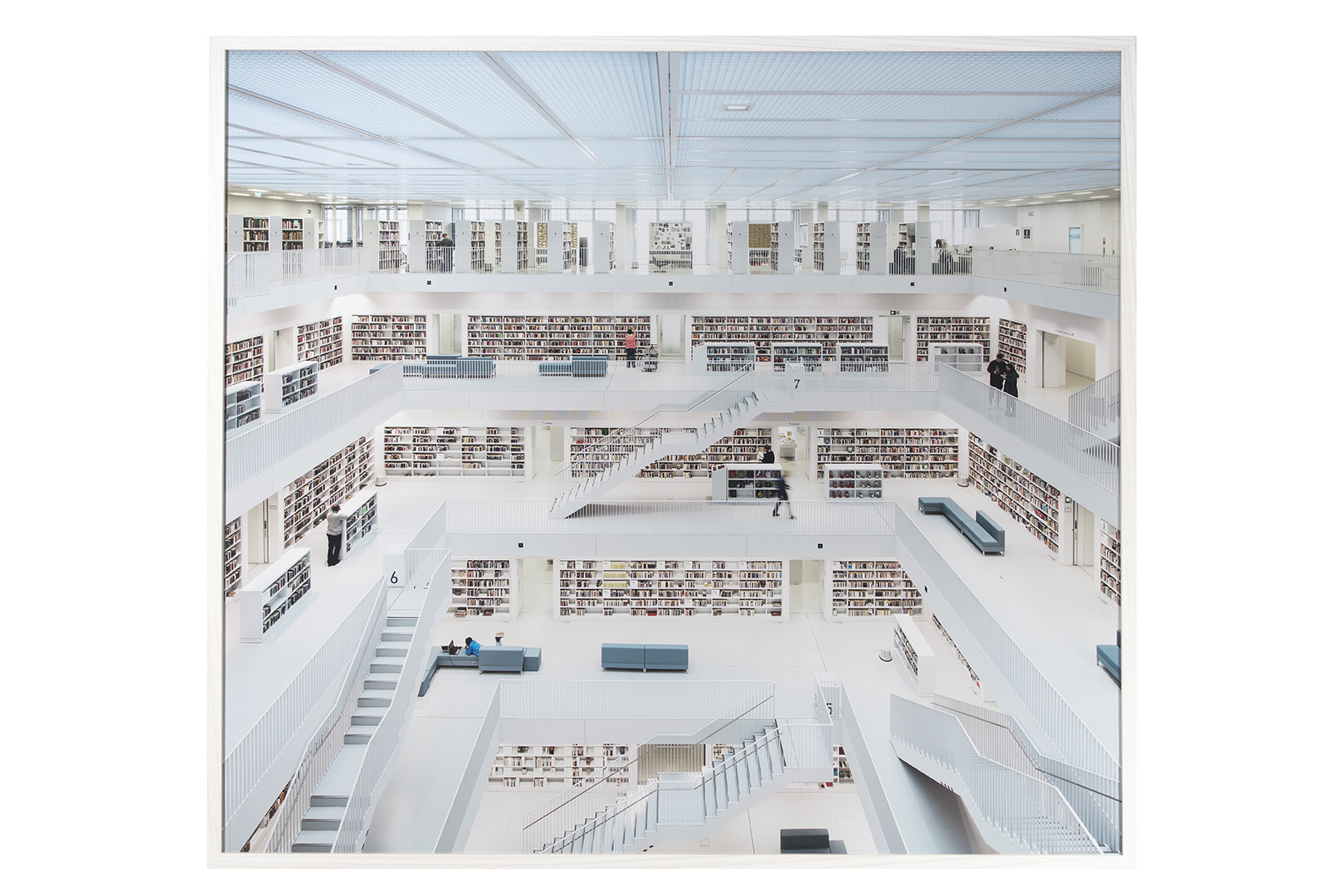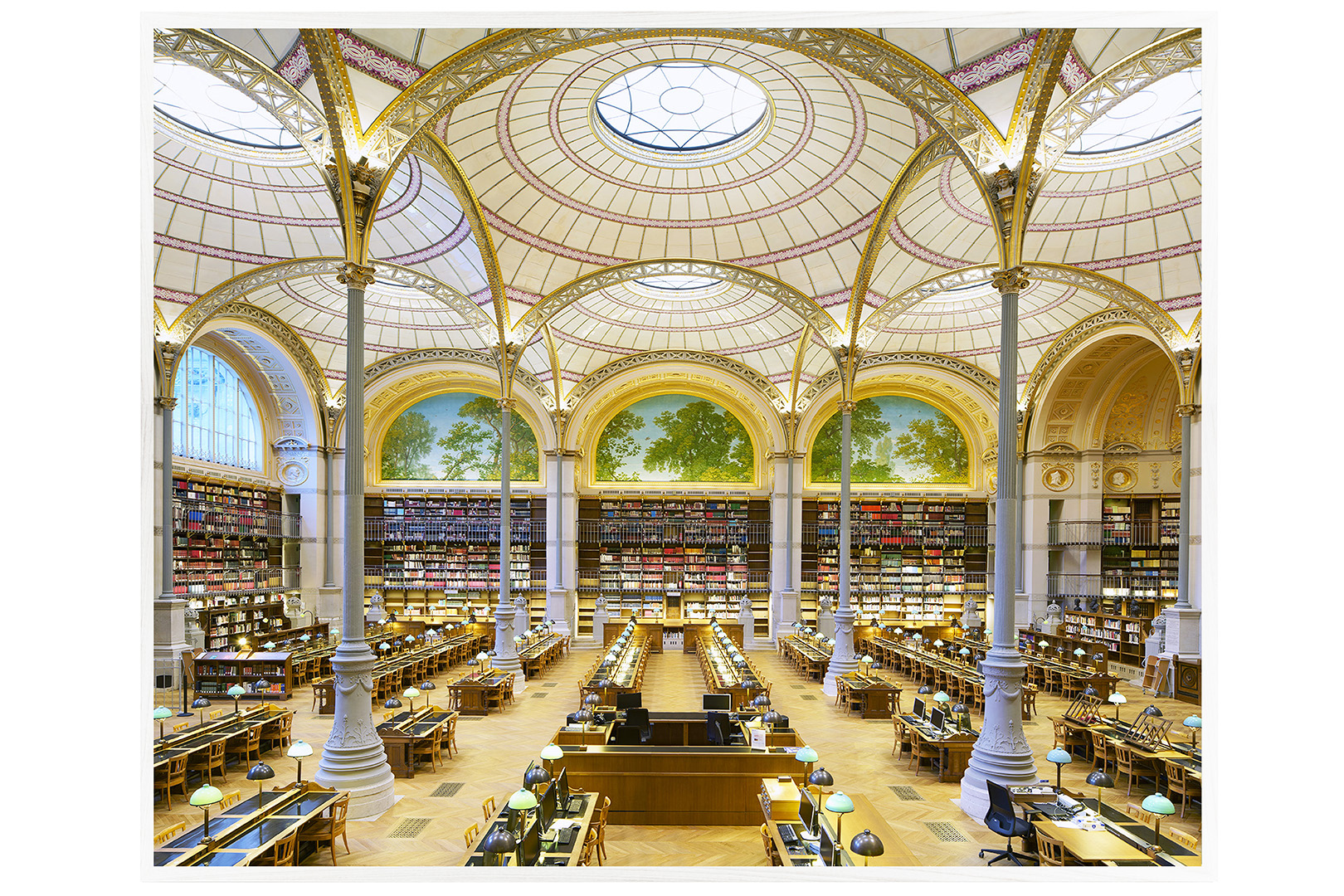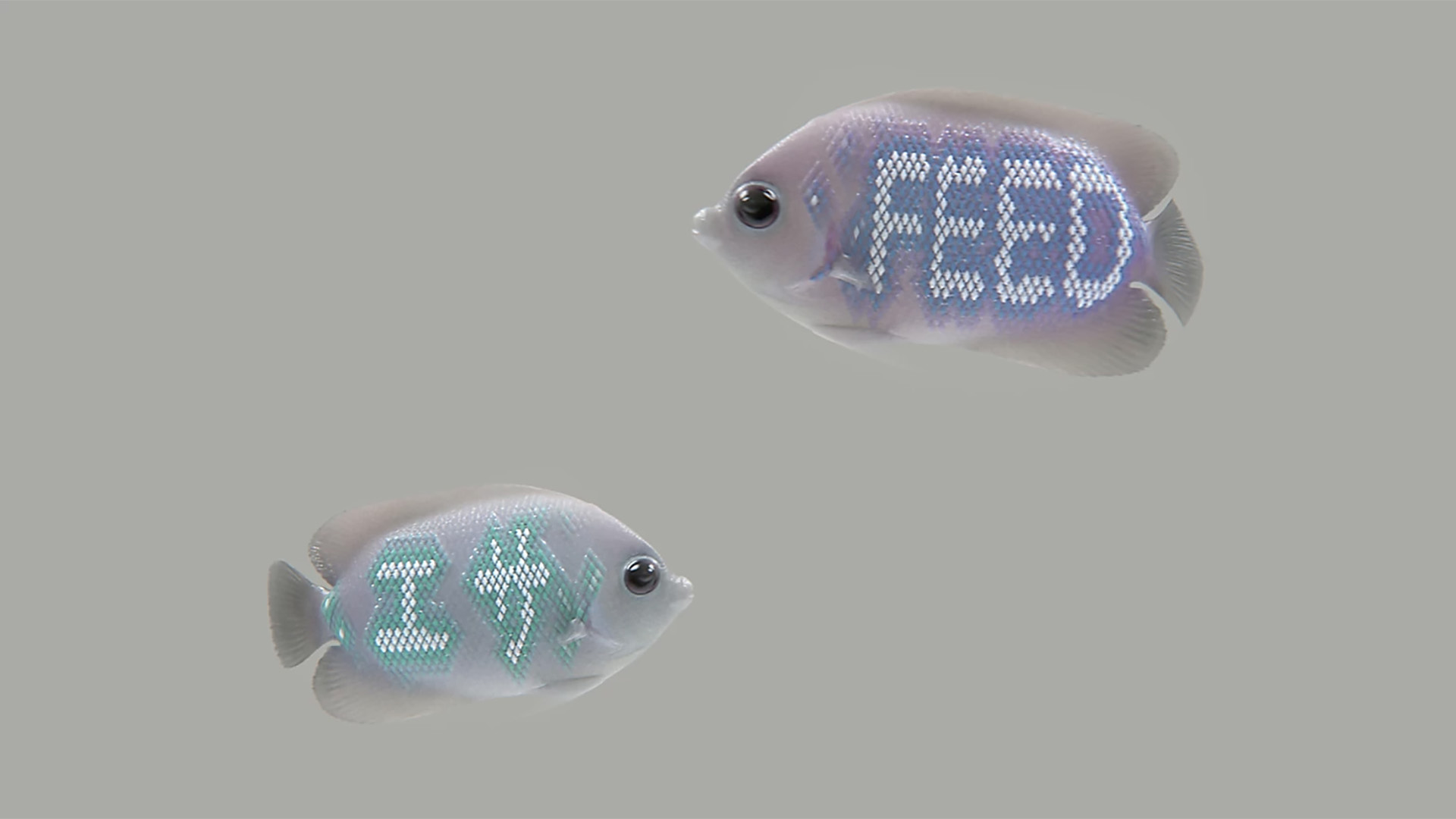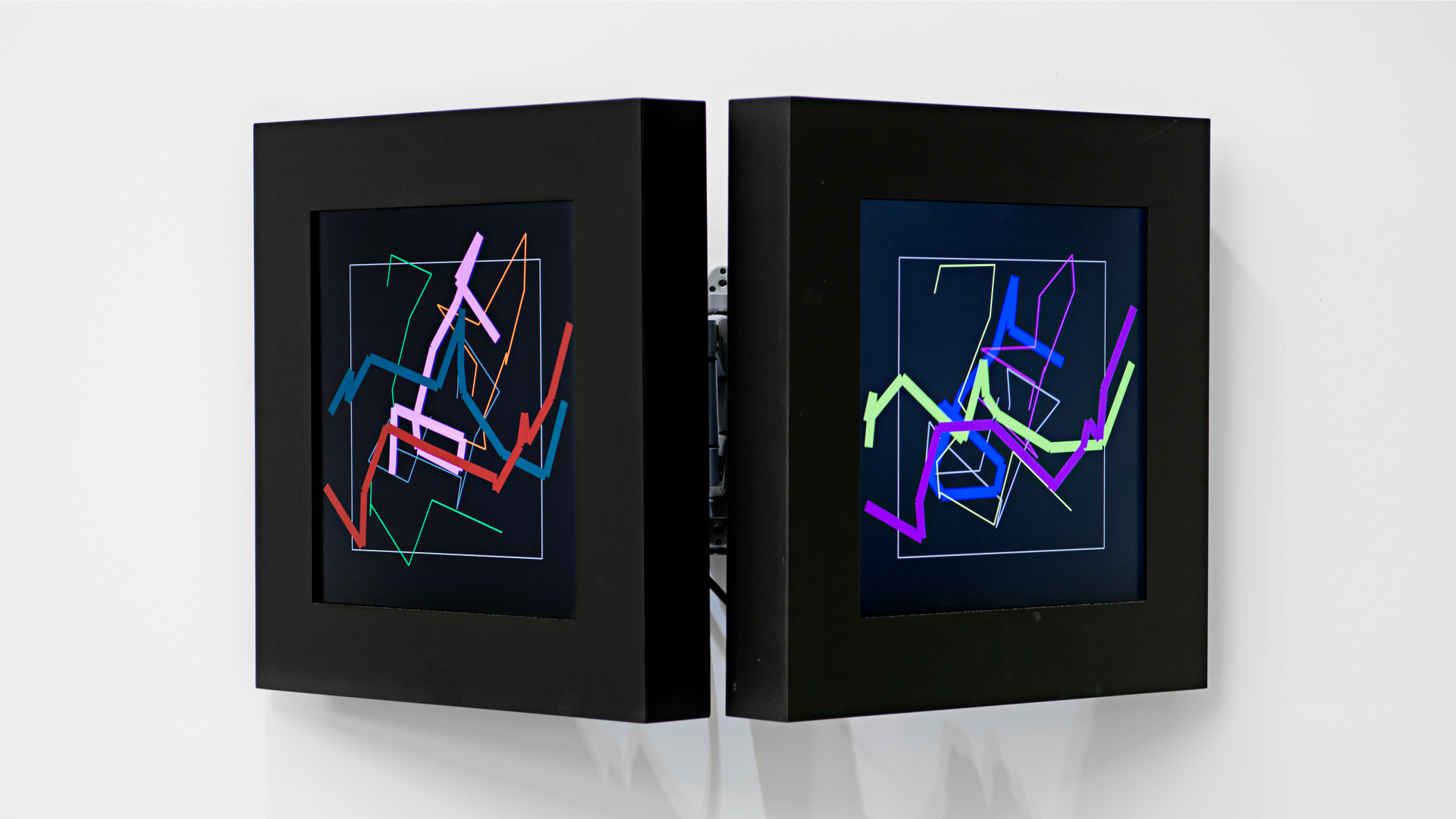Blog
Conversations: Necmi Sönmez, Part 1
31 January 2020 Fri
Necmi Sönmez, PhD, has most recently curated the exhibition, They are Uttered and Left Unfinished All the Loves in the World II, on view at Borusan Contemporary until March 8, 2020. We are going to publish this extensive interview with Sönmez, who works with the Borusan Contemporary Art Collection, in two parts.
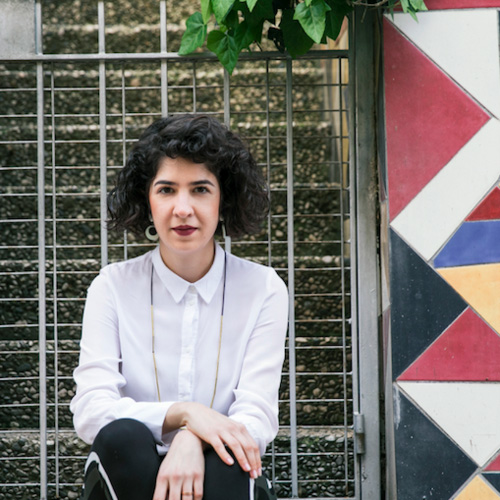
NAZ CUGUOĞLU
nazcuguoglu@gmail.com
Inviting a curator to an institution’s collection could mean various things: A dialogue or a monologue—emptying all the existing narratives to define them with new meanings or reshuffling them around. These collaborations require horizontal allies and generosity from both sides—an attempt to find the undercommons in a world of broken relationships.
Borusan Contemporary has invited seven curators in the last six years to its ever-growing collection of new media art to unlock these probabilities. This series of conversations is a curious response to this cultivating network of associations and relationships, marked with site-specificity and temporality, in a city that is always in flux.
– Naz Cuguoğlu
Naz Cuguoğlu: You have been working with the Borusan Contemporary Art Collection since 2011. What were the changes to your approach in this time frame? What did you discover about the collection in this process? How did the two-sided identity of Borusan Contemporary, both as an actively used office on the weekdays and as a multi-purpose contemporary art venue during the weekends, impact your curatorial decisions?
Necmi Sönmez: I met Ahmet Kocabıyık before he had founded Borusan Contemporary. I had proposed several projects to him in 2008. We could not realize these projects at the time, but our dialogue continued with regular visits to museums, galleries and art fairs both in Istanbul and New York. I closely followed the formation processes of the collection. Mr. Kocabıyık created a personal collection step by step, guided by his own predictions and tastes. Accompanying this process was extremely exciting and adventurous for me. Because new media, defined as moving image, had a special place in his fields of interest. To be honest, I had certain reservations about this. Our collaboration helped me overcome these reservations as well as to allow me to focus on things I did not know well before. I even worked on Chinese Video Art for more than three months during a research trip. In the meantime, I observed that the collection developed new trends, like a living organism. Experimental studies based on the digital image constituted his special interest. Therefore, while witnessing a process from canvas painting to photography, from videos to location-specific installations, I also realized that the organic development of a collection is the most important factor in its formation.
NC: In both your exhibition texts and curatorial decisions, it is quite obvious that you care deeply about Borusan Contemporary's architectural structure and its relationship with the city. These decisions are an echo of Gaston Bachelard's concept of Poetics of Space. When you consider your exhibitions over the years, was there a prominent experience in this regard?
NS: This is an apt conclusion. During my PhD studies in art history, philosophy had a special place for me. Phenomenology was considered as an important starting point in contemporary art interpretations in the seminars I attended in both Germany and France. I think the study of Bachelard, Foucault, Cioran, Eliade, Augé texts left deep impressions on me. I also worked in the provinces of France, in particular at FRAC (Fondation Regional Art Contemporaine), in art centers that are in close contact with nature, from Dunkerque to Besançon. The time I spent there also affected my perspective on art. I went to see the place in 2010 when Mr. Kocabıyık announced that he would consider the Haunted Mansion as the company’s headquarters for five days and as an exhibition space on the weekend. This red brick building, which I have been curious about since my childhood and youth, had an incredible energy. During the restoration, I spent quite a bit of time in the small tower on the top floor. The magnificent view, winds and silence left quite an impact on me.
NC: Your interest in looking at alternatives to the white cube, to include elevator shaft, stairs, mezzanine floor stands out in your exhibitions. What opportunities do these decisions provide regarding current audience experiences and the positioning of museums?
NS: The fact that Borusan Contemporary is not a traditional art museum offers an extraordinary set of opportunities to try different experiments. Space is not static; walls, floors, divisions are constantly changing according to the needs of the company. For this reason, I tried to turn to whatever area is not expected to show art and to redefine that space with special projects by putting them under a magnifying glass. Also, it was not the field that was important but the power of ideas, thoughts and abstractions. In the positive-negative relationship of the architecture, while the audience was expecting a large, magnificent space, it meant showing different works in a tiny elevator shaft, opening a new door to the audience. Especially children and young people's interest in my work in non-lieux (non-linear) areas revealed that they are open to new experiences. Therefore, I have to say that I made a special effort to grasp every centimeter of the Haunted Mansion, especially in 2011-14, trying to rearrange it for the works.
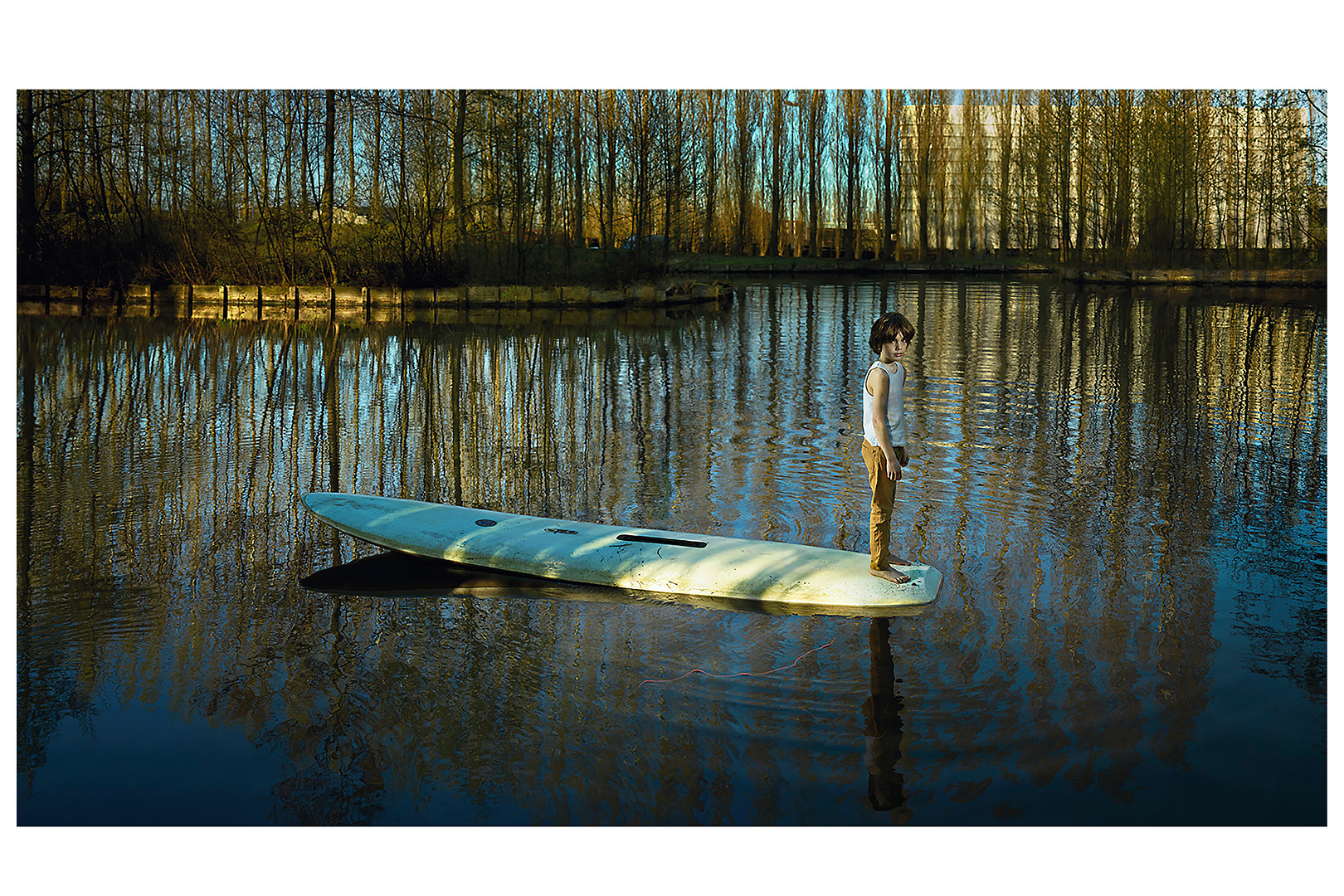
Ellen Kooi, Nieuwe Meer-surfplank, 2018
NC: The Spot On exhibitions series you organized in the first years of the museum aimed to bring the works from the history of art to the audience. During this period, you exhibited names such as Ola Kolehmainen, Manfred Mohr, François Morellet and Sol LeWitt. Considering that art historiography is a subjective area, how did you decide what kind of narrative to build and to shed light on?
NC: The narrative that I designed was aimed to transfer the artists, which form the basis of the collection created by Mr. Kocabıyık, under a magnifying glass and to convey it to the audience in detail. There is one element that I have to touch on here. When I made the placements to see many of these works in person, together, for the first time, I always had the question of what kind of image they would create when they came side by side. That's why we started the Spot On series for artists represented with more than 4-5 works in the collection. My goal was to reveal the integrity that could reveal artists' language and actions. In terms of this emergence, it was imperative to develop a conceptual framework, as certain institutional threads must be perceived in its identity. In an architectural structure built on different floors, floors, and wall heights such as Perili Köşk, I designed a presentation system that the audience would follow without difficulty, by dividing the collection exhibitions into two. The first is a horizontal presentation spread over the floors, and the second is the vertical Spot On exhibitions that focus exclusively on certain artists.
NC: The display of Bengü Karaduman's work as a continuation of this series is a very meaningful decision in terms of constructing an alternative art history. Can you talk about your decision and the representation of women artists in the collection?
NS: This question is also closely related to the Art Center Istanbul project. Mr. Kocabıyık had created a support program that they can use as a residency in Beyoğlu to support young artists. There were residency programs for foreign artists to work in Istanbul, but none for young artists from Turkey and one had to develop such a possibility. With a pioneering attitude in this field, Art Center Istanbul, which was active between 2008-2013, allowed almost fifty young artists to produce and exhibit their works over the years. Bengü Karaduman was the artist I selected for one of the Spot On exhibitions because I care about the participation of Art Center artists in the events at Borusan Contemporary. Frankly, I am not concerned with the gender of the artists. I am personally interested in “the work itself”. But it is obvious that we have to face a white, sexist, oppressive art environment that has neglected women artists for centuries. Borusan Contemporary is exemplary in this context, not only in Turkey but also in its surrounding area as a corporate collection with a very high rate of inclusion of women artists. Special commissions by women artists including Brigitte Kowanz, Marina Zurkow, Ayşe Erkmen and Gülsün Karamustafa underscore an important notion in the visibility of the collection.
NC: In the following years, you focused on preparing collection exhibitions based on the books of Leyla Erbil, Tezer Özlü, İlhan Berk and Tomris Uyar. How did your relationship with literature begin and what kind of doors did this interest open for your practice?
NS: I have been a passionate reader since my first youth. I even had the chance to follow the courses given by Tomris Uyar at Boğaziçi University in 1985. Then I understood better how good and quality reading builds the mind. Fictional texts both opened me up and created an inspirational space for my own writings. Over time, I started collecting first editions of books with the influence of poetry and prose writing. The effect of literature in the exhibitions began with Walter Benjamin at an exhibition I opened in 1997 in Rotterdam. I can say that the quotations from poems and texts evolved spontaneously in all my works since the 2000s without realizing it. Combining the works of the creators I love, which I read for years without getting bored, with visual art works was deemed strange when I set out from Paul Celan poems in Istanbul in 2005. But I insisted on developing a method that is open to local sensibilities, starting with the representatives of creative writing through the Borusan Contemporary exhibitions. In this way, the collection exhibitions both entered a different interpretation bracket and those interested in literature started to follow the events more closely. In our country, we have seen that bringing together the international figures of the new media art movement with the perspectives and imaginative approaches of important figures of Modern Poetry opens the doors of unexpected interpretations and thoughts. Most importantly, the fact that literature was more accessible for most people allowed visuality to share that access.
NC: In these exhibitions, we see that different elements such as bookshelves or audiobooks are also part of the exhibition editing process. The fact that the audience is actively involved, not passively, in the exhibition process is closely related to new media art. Could you talk about this relationship?
NS: After personally witnessing many times that the viewer got into a closer relationship with the work and started to see different dimensions when there was an active relationship, I started to think specifically about how I can facilitate such an approach. New media art appeals to a different audience than the classical art audience due to its digital possibilities, software programs and communication with the internet. Following the technological developments more closely, the young generation is in close contact with screens since their childhoods. This proximity also shapes the digital perception. Many works in the Borusan Contemporary Art Collection work with interactive participation; I’m thinking in particular about Rafael Lozano Hammer, Angela Bulloch, teamLab. In this way, when we examine the resulting visuals under the heading of moving images, we encounter various forms of filmic expression. This not only questions traditional imagination, but also opens up a different aesthetic reception area for the audience. Therefore, it is certain that researchers will bring different experiments to the agenda by bringing new technological findings to artistic production processes. Personally, I think this will be more visible in the near future.
To read the second section, please click here.
ABOUT THE WRITER
Naz Cuguoğlu is a curator and art writer, based in San Francisco and Istanbul. She is the co-founder of Collective Çukurcuma. She held various positions at KADIST, The Wattis Institute, de Young Museum, SFMOMA Public Knowledge, Joan Mitchell Foundation, Zilberman Gallery, Maumau Art Residency, and Mixer. Her writings have been featured in SFMOMA Open Space, Art Asia Pacific, Hyperallergic, Nka: Journal of Contemporary African Art, M-est.org, and elsewhere. She received her BA in Psychology and MA in Social Psychology, both from Koç University, and another MA from California College of the Arts’ Curatorial Practice program. She has curated exhibitions internationally, at institutions such as the Wattis Institute (San Francisco), 15th Istanbul Biennial Public Program, Framer Framed (Amsterdam), Kunstraum Leipzig, Red Bull Art Around Istanbul, 5533 among many others. She co-edited three books: After Alexandria, the Flood (2015); Between Places (2016); and The Word for World is Forest (2020).
